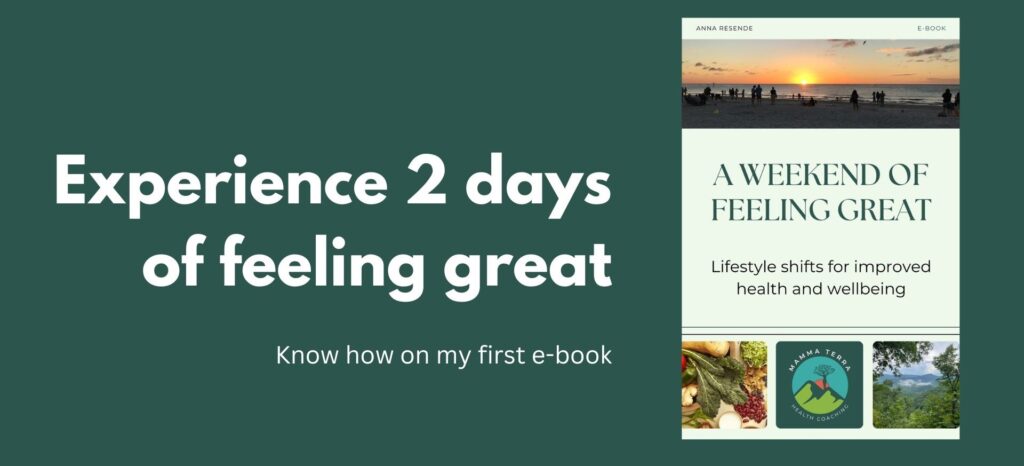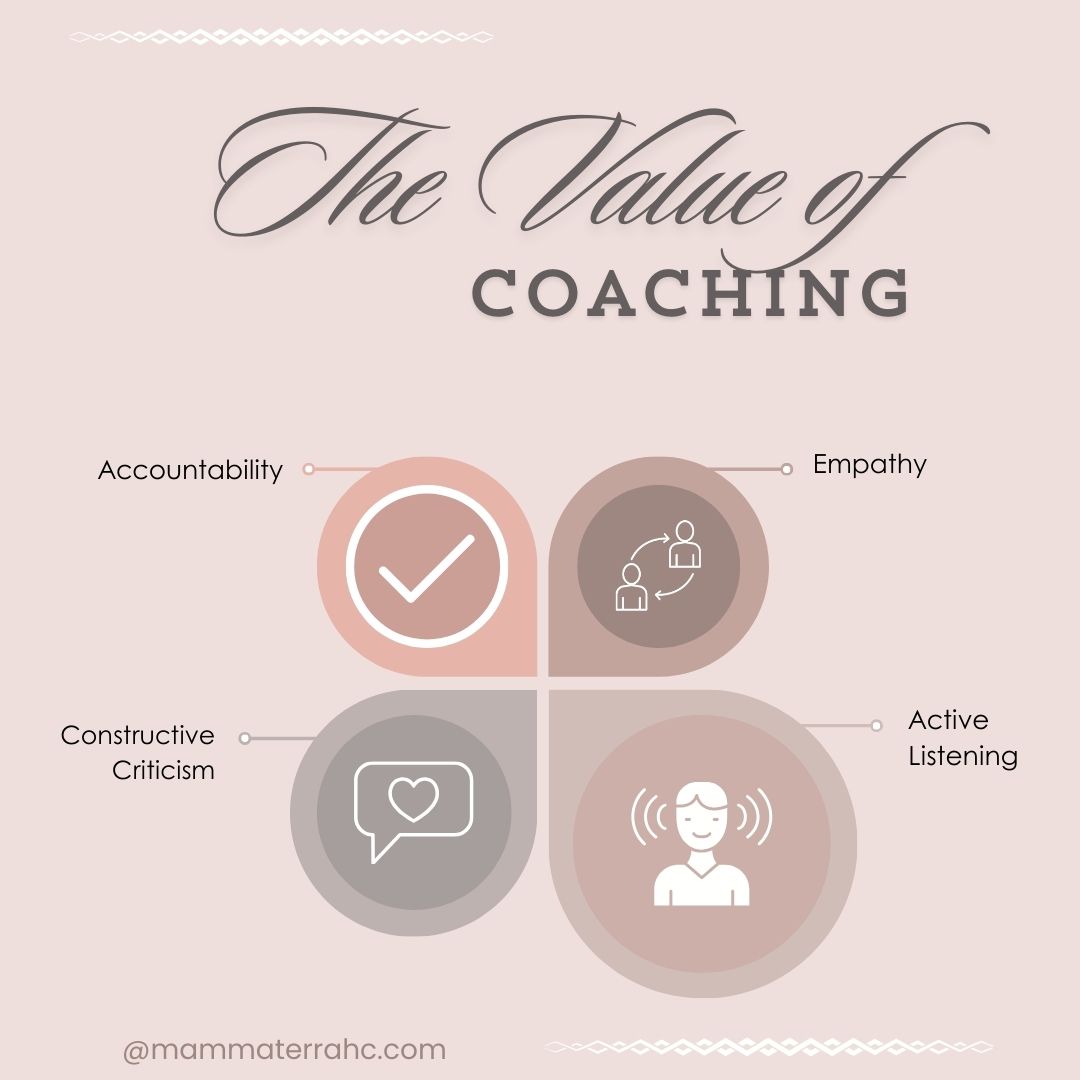Unlocking Productivity
I remember my old corporate days when the fact that shopfloor operators and millwrights’ breaks were viewed by management, including myself, as counterproductive. I’m still not sure if unions around the world are aware of ultradian rhythms but, I now understand that taking regular breaks is not only healthy but very productive. Research suggests that incorporating breaks into our workday is essential for optimal brain health, learning, and focus.
The Boost
Although still living in a productivity-driven world, we are finally entering an era where most organizations are recognizing that working longer hours does not necessarily equate to increased productivity. Many studies in the field of neurobiology have found that frequent short breaks throughout the day can improve focus, as well as enhance creativity and problem-solving. The reason behind it is the acknowledgment of the body’s natural physiological cycles. By honoring our ultradian rhythms, we get the boost we need to maintain concentration and energy levels, unlocking greater performance.
Understanding UR
Ultradian rhythms are natural, shorter, recurring cycles that govern our physiological processes throughout the day. Ultradian means cycles with a period shorter than a day but with a broad timescale varying from fractions of a second to hours. Those cycles govern cell and organ repair, immune system modulation, mood boosts, brain activity, and energy levels. Some good examples of ultradian rhythm cycles include blinking, pulse, heart rate, thermoregulation, blood circulation, hormonal secretions, micturition, bowel activity, and appetite.
The Brain’s Need for Rest
While we often associate productivity with constant activity, the reality is that our brains function most efficiently when given regular breaks. The brain’s ultradian rhythms dictate periods of heightened focus, that typically last around 90 to 120 minutes, followed by phases of recovery. Even though the specific term may be modern, the recognition of shorter biological cycles has roots in early observations of human behavior and physiology. One of the first ultradian rhythms to be studied in humans was the REM–NREM sleep cycle in the 1950s.
The Power of Breaks
Research has shown that breaking learning sessions into shorter, spaced intervals is more effective for memory consolidation. This means that by aligning study sessions with our natural ultradian rhythms we can optimize our ability to retain information and enhance long-term memory. In his book Limitless, Jim Kwik recommends reading cycles of 30 minutes with 25 minutes of reading followed by 5-minute breaks. He emphasizes that those breaks are not supposed to be distractions – like checking your phone. Rather you should be stepping outside, doing breathing exercises, a quick meditation, or some kind of movement.
Improved Learning
A good example of scheduling standard learning breaks can be seen at schools. During the 19th and early 20th centuries, as formal schooling became more widespread and standardized, educators recognized the importance of providing students with structured breaks to rest, recharge, and transition between subjects. Around for a long time and likely evolved gradually, this practice aligns with principles of cognitive psychology and ultradian rhythms.
School Schedules
School schedules were then created to honor spaced learning and periodic rest. Paramount for memory consolidation and attentional focus, the short breaks between classes allow the recharging and replenishing of neurotransmitters, enabling better learning. The fact that students have to stand up and walk to their next class is a bonus, as movement helps the learning sink. By providing opportunities for brain rest and body movement throughout the school day, educators are ultimately fostering academic performance.
At Work
Certainly, we’re not learning all the time at work but, we should approach our workdays similarly. Giving our brains the ultradian rhythm breaks they need will help us find the flow state reports have suggested can 3x our productivity. Also known colloquially as being in the zone, positive psychology describes flow as the mental state in which a person is fully immersed in a feeling of energized focus, full involvement, and enjoyment in performing some activity.
Being at Flow
The psychological concept of flow was recognized as the highly focused mental state conducive to productivity in 1970 by Mihaly Robert Csikszentmihalyi – a Hungarian American psychologist. Flow is usually the state in which most musicians, writers, dancers, and other artists’ creative processes occur. High-performance athletes, executives, and entrepreneurs alike have experienced those moments of deep concentration when they lose sense of time.
Getting There
Getting ourselves into a flow state as often as possible is what will make us peak performers. Although there are other requirements, according to one of the world’s leading experts on human performance – Steven Kotler, relaxation is the second stage for finding flow. Relaxation is expected from the break you take before fully diving into flow intervals, tying it perfectly with ultradian rhythms’ breaks. Like what happens when we’re having fun, when we’re in flow time seems to fly and nothing else seems to matter. Who wouldn’t like to work this way?
Taking UR Breaks
Sometimes is not that easy to have frequent, standard breaks at work. Meetings and other demands might get in the way. When I was working in corporate, I used to break my office time with my Gemba, or shopfloor time. I’ve always enjoyed my opportunities to walk around the shop floor and talk to people. Besides strengthening my relationship with co-workers, I used my walks to do audits, safety observations, and project follow-ups. My walks were always very refreshing for me because they were UR breaks.
How I Do It Now
Now that I’m working from home, I don’t miss the opportunity to step outside and catch some sunlight on my breaks. Weather permitting, I have my lunch and snack breaks on my patio. I also love to go on an energizing walk after lunch or mid-afternoon. It’s not always possible but, it’s something I keep in mind. Once you incorporate them into your routine, your breaks will feel very natural.
Some Ideas
One way of aligning your work sessions with your natural ultradian rhythms is by working in 90-minute intervals separated by a short 5-minute break. I kind of do that as I usually make my pee breaks a little longer by refilling my water, picking at the window, and petting my cat. You can incorporate movement into your breaks to get even more out of them. Doing so also boosts circulation and reduces muscle tension besides enhancing mental clarity.
Stretching is a very good idea, especially if you’re sitting or standing all day. There are simple stretches you can do in 5 minutes. You can also walk around the office, go up and down the stairs, or do Zach Bush’s 4-minute workout!
Nature Breaks
Nature breaks are the best! Unfortunately, it’s not available for most of us but, if it’s for you, take advantage of the restorative power of nature by spending your breaks outdoors. Soaking in sunlight, fresh air, and natural scenery is the best way to restore our internal energy. If you are fortunate to have this incredible opportunity, be grateful for it. That would enhance your energy even more.
Embracing our ultradian rhythms by honoring our bodies and brains’ need for regular breaks is essential for promoting brain health, learning, and productivity. We can unlock our peak performance by being intentional about getting into flow in our daily routines. Productivity isn’t about working harder – it’s about working smarter, and that begins with giving our brains the rest they need to thrive. If you’re not into taking breaks yet, it’s a good time for you to start!
After all, Good is what makes you feel well!
Anna.

Anna Resende
Integrative Nutrition Health Coach
Certified by IIN - Institute for Integrative Nutrition
Every week I send out my newsletter called Mamma’s Tips where I share health and wellness topics, good books, recipes, and more.
Click below to subscribe!
I’m excited to share that I just published my first e-book
A Weekend of Feeling Great!

In this book, you’ll find all the steps you can take to feel great. Besides all the foundational principles of multidimensional health, it has a sample of a productive daily routine and a two-day menu with 10 healthy recipes for you to try.





One Response